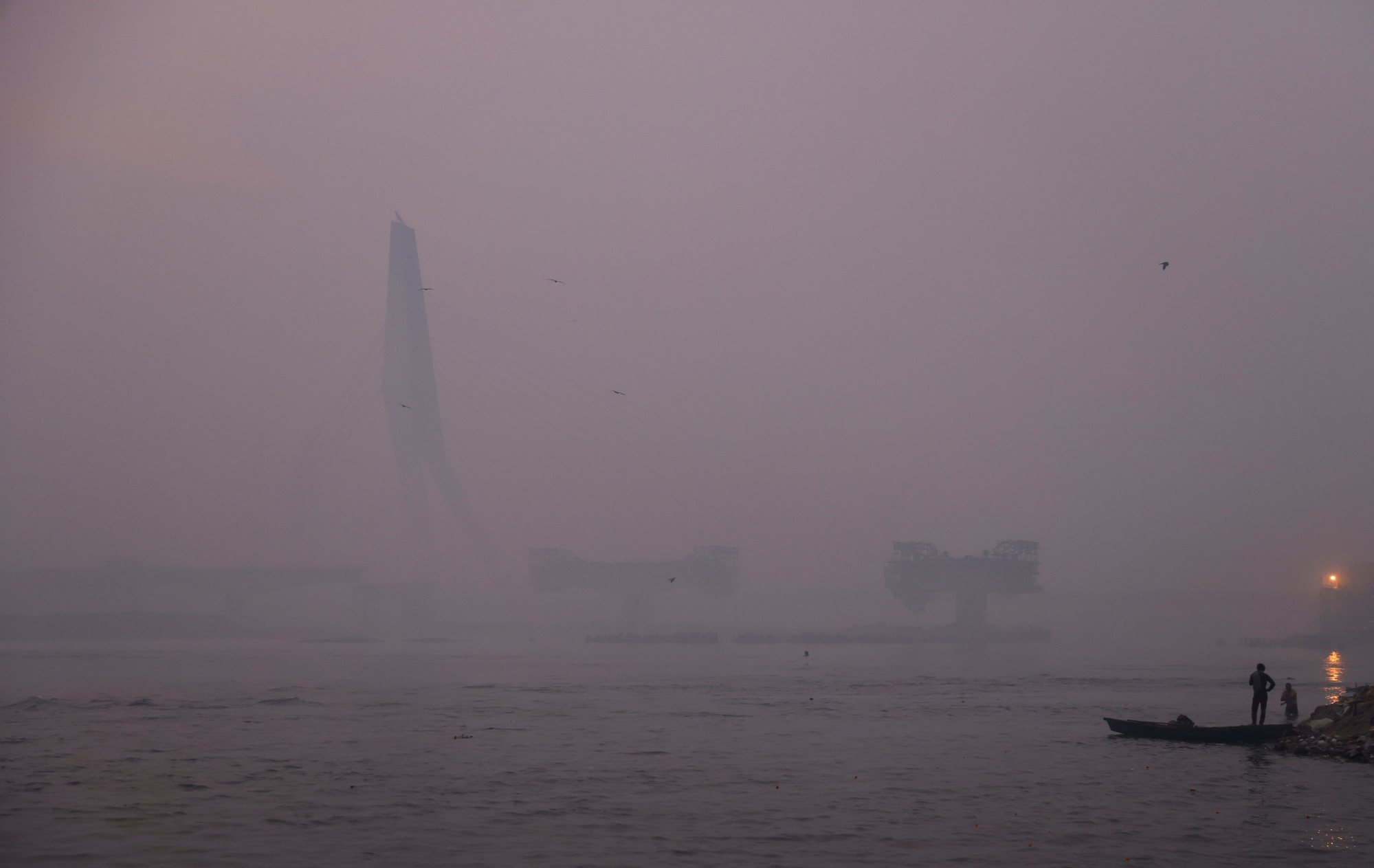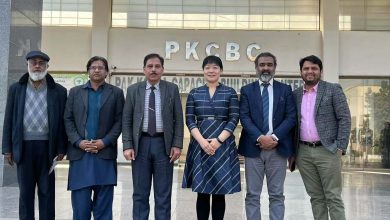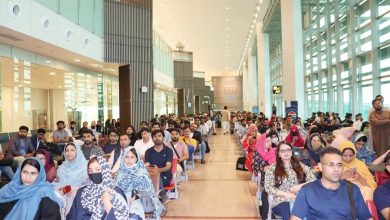Make it rain: India’s New Delhi bets on first-ever cloud-seeding bid to clear pollution-hit skies
The deadly mix of airborne particles, mostly PM2.5 and PM10 pollutants, directly damage the lungs, and even enter the bloodstream. Prolonged exposure has been linked to heart and lung diseases, respiratory infections, and adverse birth outcomes.
‘Really bad’: toxic smog chokes India’s Delhi amid fears of health disaster
‘Really bad’: toxic smog chokes India’s Delhi amid fears of health disaster
Stubble burning by farmers in nearby states, as well as emissions from the capital’s transport and industrial sectors, among other factors compound the breathlessness. To deal with the prevailing emergency, the Delhi government banned construction activities, announced a 10-day break for all schools, and restricted vehicle use.
Among all the measures, seeding clouds was perhaps the most viable option for the government to curb the pollution, said Sachchida Nand Tripathi, a professor in the Departments of Civil Engineering and Sustainable Energy, at IIT Kanpur.
To “seed” a cloud, the team would first identify the cloud’s type, its height, the status of the atmosphere and stratification, and estimate the amount of water and raindrop distribution in the cloud, Tripathi added.
“The aircraft would need to fly in and out in the cloud so that we can identify where we can accelerate the rain-making process,” he said. Once up in the cloud, the team will disperse locally lab-created solutions, which are a mixture of different salts, and push the cloud’s ability to form drops or ice crystals, depending on the positioning.
Tripathi’s team has conducted successful trials of making rain artificially, including as early as this year, in “pre-monsoon and monsoon clouds” in the northern state of Uttar Pradesh that showed an enhancement of about 18 percent in the rainfall. But New Delhi, with a crowded airspace, poses a multitude of challenges.
Unlike earlier trials when Tripathi’s team could identify certain clouds in monsoon season, making it easier to induce rain due to the concentration of water in them, Delhi’s winter is a different game.
“The concentration in the cloud is not the same [in Delhi winters],” he said in a phone interview. “The clouds over Delhi would have lesser water because moisture is coming from large lakes in central Asia. The depth of the cloud [would be a deciding factor].”
Once the seeding is complete, Delhi should hope for a significant amount of rain – and not a drizzle – for pollutants to be washed aside, said Gufran Beig, founder director of the federal government’s air-quality monitoring agency SAFAR.
“Only heavy rain would be useful. If it comes down drizzling, it can make air heavier and trigger secondary aerosol formation,” Beig warned. “Instead of bringing relief, it might end up significantly increasing the pollutants.”
Delhi’s smog towers: more hot air rather than clean air, experts say
Delhi’s smog towers: more hot air rather than clean air, experts say
Several other factors also cloud the ambitions of the Delhi government, currently ruled by the Aam Aadmi Party (AAP).
“We need approval from multiple agencies, including the Ministry of Defence,” said Rai, Delhi environment minister. The project is estimated to cost the government US$120,000 per 100 square kilometres. “We are ready to bear all the costs,” he added, “but we need support from the central government [ruled by the Bharatiya Janata Party].”
Delhi winter’s smog and haze have become a ritual now; so has been the blame game regarding efforts to mitigate the pollution. And it has beyond frustrated parents like Bhavreen Kandhari, mother of twin daughters aged 19.
Raised under the once-clearer skies of Delhi, Kandhari, 51, was motivated to co-found Warrior Moms, a citizen-led movement, to demand cleaner air for the next generation.
“The political will, which is the most important, is very evidently missing. They blame each other,” she said. “If you know that your children are being poisoned daily, you will go and kill [those who are responsible] – you would not let anyone poison your child.”

But after over 20 years of advocacy, Kandhari concedes that the results are poor. “The emissions keep on rising and we only take actions post-emissions like shutting down schools,” she said. “These stupid people in power don’t get that the pollution is perhaps the biggest challenge for India.”
“Smog guns, smog towers – all the weird solutions they come up with,” she said, adding that the idea to seed clouds to curb pollution was “nonsensical”.
“Interfere with nature and then see how nature will give it back to you,” she said angrily. The government should aim for natural remedies to deal with the situation. “Rather, we are going in the opposite direction and that’s why we will keep suffering.”
Beig, however, noted cloud-seeding is a quick fix and an alternative worth trying. “We need a long-term strategy and the approach needs to be totally revamped for mitigation – not just quick fixes,” he added.
Environment minister Rai said the government was adamant about making long-lasting solutions, not just temporary ones. “Our government has introduced more than 800 electric buses in Delhi and gave significant subsidies on electric vehicles in our push for an all-EV city,” he pointed out.
Tripathi, who is among the leaders of the project, is looking forward to learning lessons from the coming trial. “The outcomes are uncertain but that is all it is about: to learn and understand what’s happening.”





